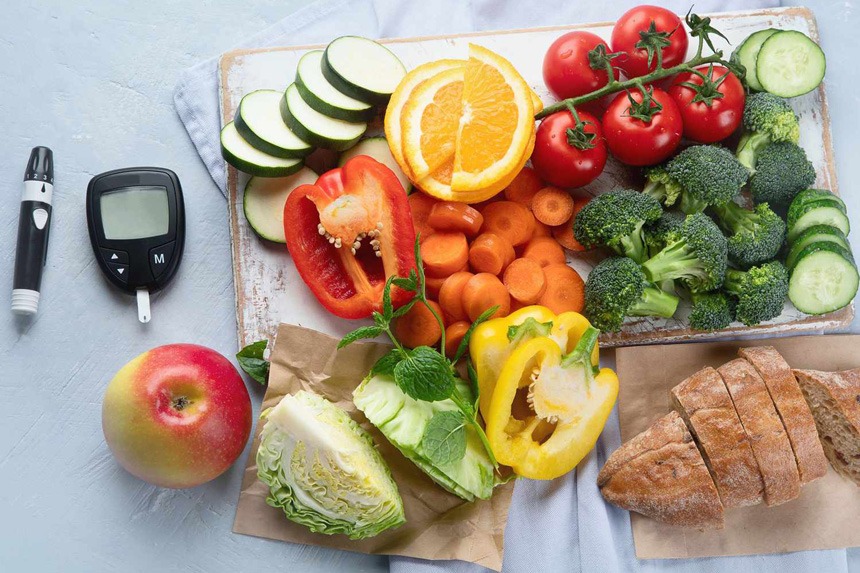
The glycemic index (GI) serves as a tool to gauge the impact of foods on blood sugar levels. Foods are categorized based on their GI value into low, medium, or high glycemic foods, graded on a scale ranging from 0 to 100. Lower GI foods tend to have a milder effect on blood sugar levels than higher GI ones. The GI classification is as follows: low (55 or less), medium (56–69), and high (70 or above). [1]
Highly processed foods and those abundant in refined carbohydrates and sugar generally result in a swift increase in blood sugar levels, earning them a high GI. Conversely, foods high in protein, healthy fats, or dietary fiber often exhibit a low GI. It’s essential to note that foods devoid of carbohydrates—such as meat, fish, poultry, nuts, seeds, herbs, spices, and oils—do not possess a GI value.
According to latest research, numerous factors contribute to a food’s GI, including its ripeness, cooking method, sugar type, and level of processing. It’s imperative to discern that the glycemic index is distinct from the glycemic load (GL). While the GI solely considers a food’s impact on blood sugar levels, the GL incorporates the quantity of carbohydrates in a serving, indicating how it might influence blood sugar. [2]
For a comprehensive approach to maintaining healthy blood sugar levels, it’s pivotal to consider both the glycemic index and glycemic load when choosing foods. The low glycemic diet focuses on substituting high GI foods with those having a lower GI, offering various health advantages. These benefits encompass improved blood sugar control, particularly beneficial for individuals with type 2 diabetes, and potential short-term weight loss. Moreover, a low-glycemic diet might aid individuals with non-alcoholic fatty liver disease by reducing liver fat and enzyme levels.
- Fruits
- Whole grains
- Legumes
- Non-starchy vegetables
- Seafood
- Meat
- Poultry
- Nuts
- Oils
- Herbs and spices





